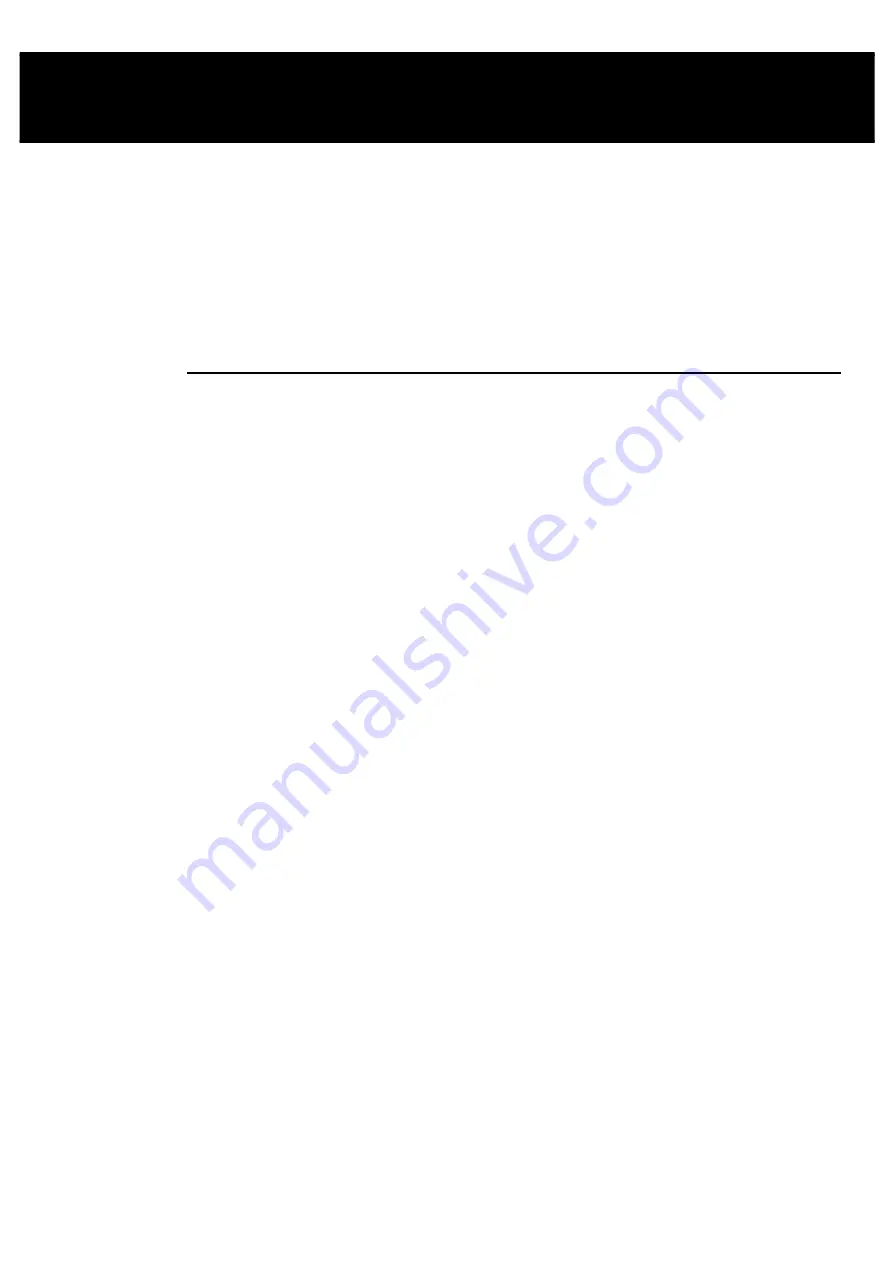
Effects Engine
••••
53
Mini Effects Engine
This chapter covers the Mini Effects Engine both in summary and in detail.
The Mini Effects Engine is a way of creating dynamic effects very quickly. You can use it to make circle
effects, ballyhoos, shutter chases, fluctuating rainbows, and many more.
Previously, to make a dynamic effect, you had to create each static look first, turn them into a chase, and
finally run the cuelist to obtain the effect. Now, only a few button pushes will create the same effects within
the programmer. Effects can be recorded into a single cue and can be crossfaded from one to another in
successive cues.
Using the Effects Library
The console comes with a library of pre-recorded effects to make programming as simple as pressing a
button. As an example, to create a circle chase:
1
Select the fixtures for the effect and put them in the
desired intensity and colour settings.
2
Press
Effect
.
3
Press one of the
Circle
buttons in the Effects menu
palette.
(You can also select an effect by opening the Effects Window on the LCD (Press
PIG
+
Effect
) and use
the cursor keys and
ENTER
to select the desired effect. To open the Effects Palette on the external
monitor, hold
Monitor
and press the
Effect
button. Use either the cursor keys or mouse to make a
selection).
A circle chase has now been generated for the fixtures. Now press
Ballyhoo
(and some of the other
effects) to see what it does. If you have trouble finding them, try paging through the Effects palette.
Running Effects Across Different Fixtures and One Shot Effects
To run effects across multiple fixture types or have an effect that runs once and stops, select the fixtures
(several types of fixtures can be selected) and then open the Effects Directory Window as you would
normally in the main LCD and press
NoFx
. Select the type of effect in the drop down menu using the
cursor keys and
ENTER
.
1
Open the Effects directory window (hold
PIG
and press
Effect
).
2
Press
NoFX
on the toolbar to open drop down menu.
3
Select the type of effect setting using the cursor keys
(one Shot settings, or “X’ fixtures of “Y” fixtures per
group).
4
Press
ENTER
to close the drop down menu.
Recording Effects
To record this look as a cue, just press
Record
as you normally would. A single cue will be created. To
modify an effect after it’s recorded, load it back into the programmer.
Adjusting Rate, Size, and the Center Point
The rate and size for an effect can be adjust quickly with the left and center parameter wheels.
Certain effects—like circles—use a parameter setting as the center point (or base value). The center point
will be the programmer’s setting for that parameter when the effect is recorded. To change the center point,
either change the parameters that comprise the base value, or to see the centre point on its own, reduce the
size of the effect to 0. You may need to reselect the effect from the palettes once you have changed the
centre point to get the effect working properly again. If a palette is used as the center point, then the effect
will change to reflect changes in the palette.
Содержание HOG 1000
Страница 1: ...Software Version 3 20...
Страница 12: ...6 HOG Version 3 20 This Page intentionally Left Blank...
Страница 22: ...16 HOG Version 3 20 This Page intentionally Left Blank...
Страница 50: ...44 HOG Version 3 20 This Page intentionally Left Blank...
Страница 62: ...56 HOG Version 3 20 This Page intentionally Left Blank...
Страница 74: ...68 HOG Version 3 20 This Page intentionally Left Blank...
Страница 90: ...84 HOG Version 3 20 This Page intentionally Left Blank...
Страница 94: ...88 HOG Version 3 20 This Page intentionally Left Blank...
Страница 119: ...Fixture Library 113...
Страница 123: ...Hardware Notes 117 This Page intentionally Left Blank...






























